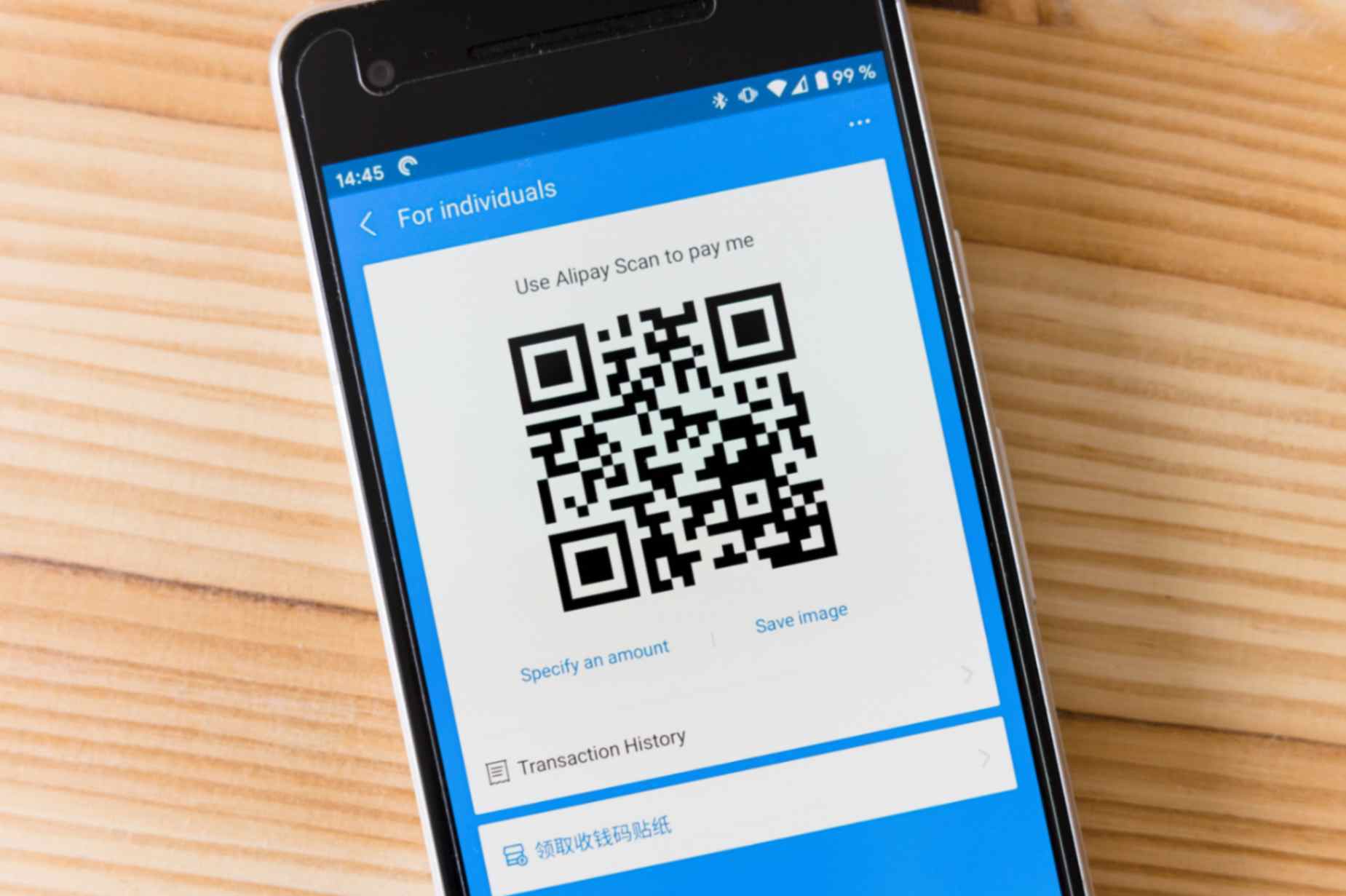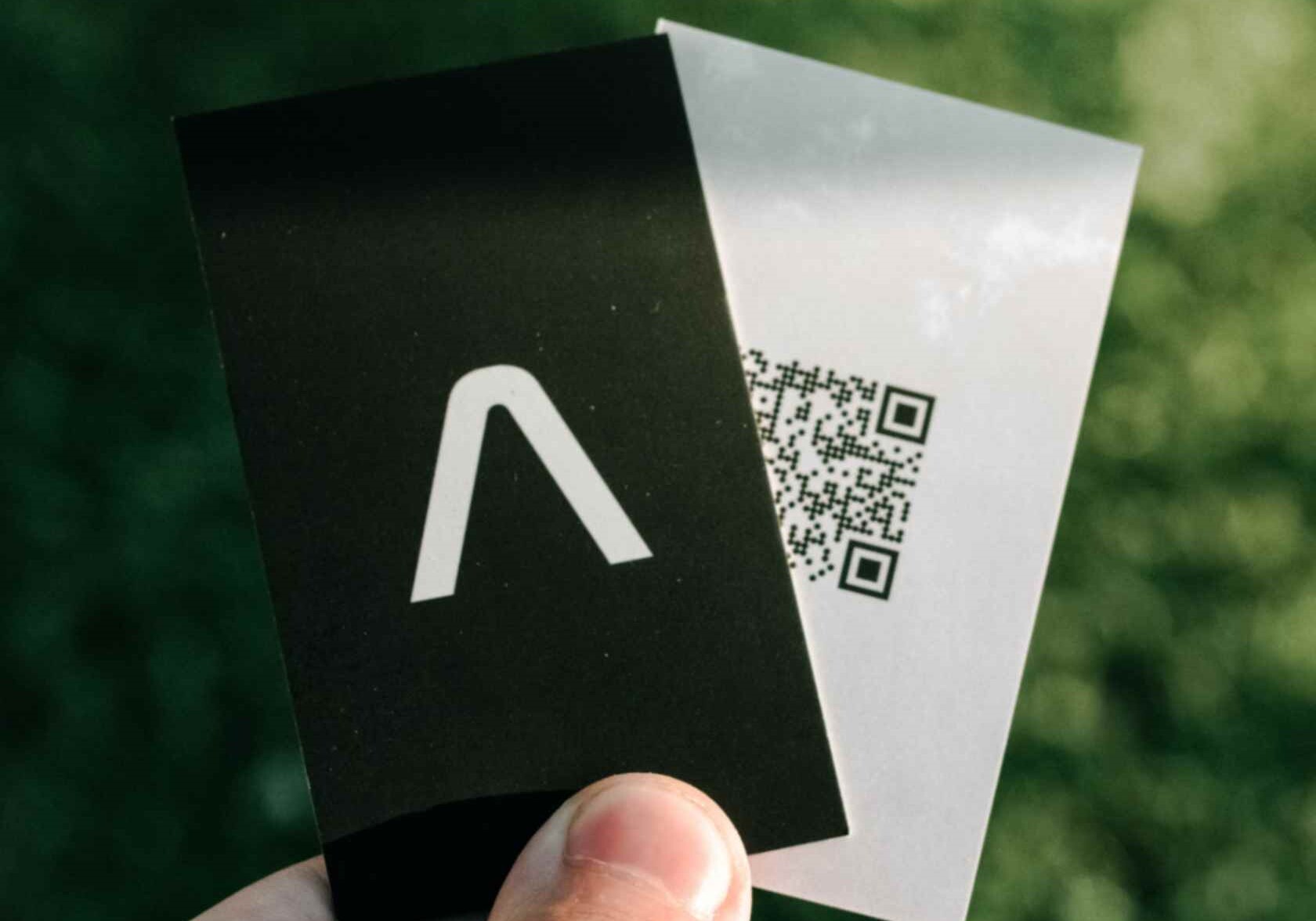QR Code Security: A New Year's Checkup
Sally Wright
Jan 4, 2024
The use of Quick Response (QR) codes has become increasingly prevalent in the business world. From marketing campaigns to contactless transactions, QR codes offer a versatile and efficient way for businesses to engage with their audience. However, great innovation also requires ensuring the security of these QR codes.
As the digital realm continues to expand, understanding and fortifying the security of your QR codes is not just a best practice; it's a crucial element in safeguarding your business against potential threats. In this article, we will discuss how you can conduct a thorough checkup on QR code security. This is an essential component for business owners aiming to elevate their game and achieve success this 2024.
The Rise of QR Codes in Business
The rise of QR codes is not merely a trend but a transformative force, influencing how businesses interact with their clientele and optimize operational processes.
To learn more about the significance of QR codes in 2024, let's discuss what they exactly are. Originally developed in the automotive industry for tracking parts, QR codes found their way into mainstream usage with the proliferation of smartphones. Today, they are ubiquitous, from product packaging to restaurant menus, enabling swift access to information with a simple scan.
In the recent years, businesses are leveraging QR codes more than ever. Contactless solutions have become a necessity, and QR codes offer a seamless way for customers to access menus, make payments, and engage with promotions. The efficiency and versatility of QR codes position them as powerful tools for enhancing customer experience and streamlining operations.
Overview of Common Security Threats Associated with QR Codes
The convenience of QR codes comes hand in hand with the imperative to safeguard against potential security threats. Thus, it's crucial to be aware of the lurking risks associated with QR codes and take proactive measures to fortify your digital assets.
1. Phishing Attacks
QR codes, when compromised, can become conduits for phishing attacks. Cybercriminals may exploit unsuspecting users by redirecting them to malicious websites, aiming to steal sensitive information or distribute malware. Understanding the mechanisms of phishing attacks is paramount in developing a robust defense strategy.
2. Malware and Malicious Content
QR codes can be manipulated to deliver malware or direct users to websites containing malicious content. Business owners must be vigilant, as an unsuspecting scan could potentially compromise the security of both customers and the business itself.
3. Data Breaches and Unauthorized Access
In the age of data-driven business, QR codes often carry valuable information. Unauthorized access to this data poses a significant threat, potentially leading to data breaches with severe consequences for the affected business and its clientele.
Beyond the immediate threats, QR code security breaches can have lasting consequences. Financial repercussions, legal ramifications, and damage to the business's reputation are among the potential fallout. Understanding the stakes is the first step towards implementing effective security measures.
Best Practices for QR Code Security
The key to successful QR code implementation lies in a proactive and security-centric approach. Business owners must prioritize the implementation of best practices to fortify their QR code strategies against potential threats.
1. Choosing Reputable QR Code Generators: Begin by selecting a trusted and secure QR code generator like QR Code Generator Hub. Opt for platforms with a track record of prioritizing security features. Consider factors such as encryption protocols, user authentication, and the platform's commitment to ongoing security updates.
2. Customizing QR Codes for Enhanced Security: Generic QR codes may be convenient, but customization is key to enhancing security. Incorporate features such as logo embedding, color customization, and design alterations to distinguish your codes and make them less susceptible to malicious manipulation.
3. Training Staff to Recognize Potential Threats: Your team is the first line of defense. Conduct regular training sessions to educate employees about the potential security threats associated with QR codes. Equip them with the knowledge to recognize suspicious codes and take appropriate action.
4. Provide Consumer Guidelines for Safe Scanning: Extend your security efforts to your customers by providing clear guidelines on safe QR code scanning. Communicate the dos and don'ts, emphasizing the importance of verifying the legitimacy of the codes they encounter.
5. Routine Security Audits: Schedule regular security audits to assess the integrity of your QR code campaigns. Identify and rectify vulnerabilities promptly, ensuring that your QR codes remain a secure conduit for information and transactions.
6. Utilizing Analytics to Track QR Code Performance: Implement analytics tools to monitor the performance of your QR codes. Track scan metrics, user engagement, and any anomalies that may indicate potential security issues. Swift action based on real-time data is essential in maintaining a secure environment.
Conclusion
It is evident that the integration of QR codes into business strategies is not merely a trend but a necessity in the digital landscape of 2024. However, the convenience and efficiency offered by QR codes come with the responsibility of safeguarding against potential security threats.
By understanding the rise of QR codes, recognizing the associated security threats, and implementing best practices, businesses can establish a strong foundation for secure QR code utilization. The adoption of cutting-edge technologies and a forward-thinking approach to emerging trends further ensures that your QR code strategies remain resilient against evolving cyber threats.



